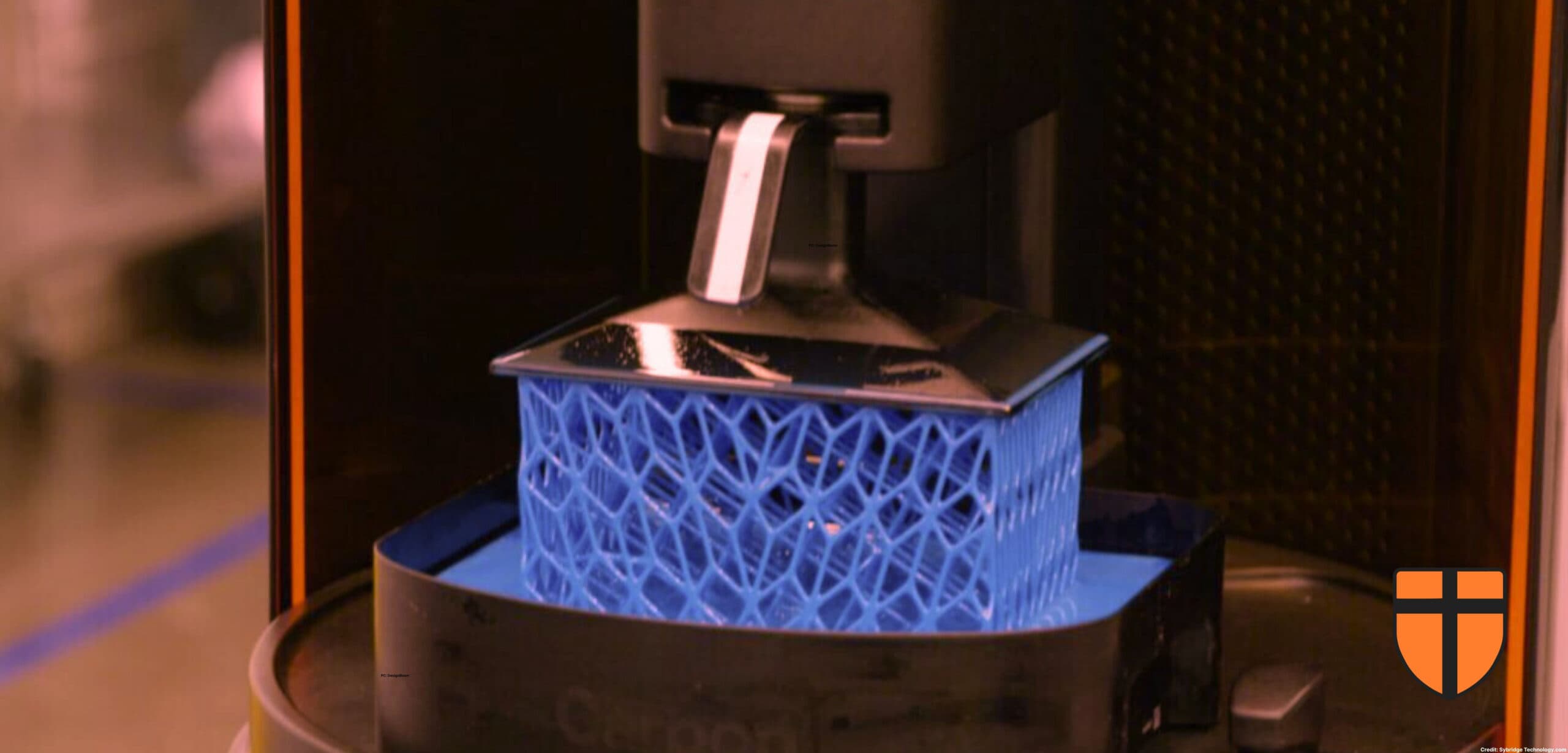
Micro Solutions for Macro Problems

This July, the Tandon School of Engineering created an improved method of micro-capsules for drug-delivery. This method brings with it a greater uniformity and control over particle size, as well as a wider extent of possible materials. This new technique is called SNaP, which means sequential nanoprecipitation. Where the former common method was a one-step process, SNaP adds a timed delay before mixing ingredients. Both methods rely on hydrophobic properties of certain drugs to diffuse a thin stream into little tiny droplets. This new advancement allows for an occasion to learn more about nanoparticles in general.
There are three kinds of nanoparticles: natural, incidental, and engineered. Natural nanoparticles can be found in ash, ultrafine silt, sea spray, and gold dust. Nanoparticles resulting from human activities such as diesel combustion, cigarette smoking, and manufacture are called incidental. Engineered nanoparticles differ from these latter kinds because they are made for a purpose. Their applications are highly varied: from materials to robotics and even nutrition. Anything that relies upon material may be revolutionized by these new materials.
Engineered nanoparticles are classified by their shape. There are four kinds of engineered nanoparticles: zero-dimensional, one-dimensional, two-dimensional, and three-dimensional. Zero dimensional particles have no dimensions larger than 1000 nanometers. One dimensional nanoparticles have one, two-dimensional nanoparticles have two, whereas three-dimensional nanoparticles have any of three dimensions larger than nanoscale. The different kinds of shapes, sizes, as well as materials, allow for great control over properties and interactions with other things.
In the context of biomedicine, this leads nanoparticle drug delivery systems to demonstrate the ability to target unhealthy tissues and avoid healthy ones, as well as the ability to aid in diagnostic processes. Polymer nanoparticles serve as the capsules for drugs to reach their destination. They can target different organs, different tissues, and time the release of medicine. Imagine a drug so small that it can be inhaled in a spray and reach your bloodstream through your lungs. Such drug capsules are commonly made through nanoprecipitation.
The nanoprecipitation process utilizes the different ways compounds interact with water; some mix, and some don’t mix. Imagine oil and water compared to food-dye – the drugs to be delivered, usually quite hydrophobic, are mixed with a water-soluble stabilizer. Suddenly, the combined mixture is forced into water. The jet of the drug-solvent mixture is broken into tiny little parts. This is called nanoprecipitation. These stabilizer chemicals, called surfactants, are both hydrophobic and hydrophilic. They prevent the new nano-particles from clumping together. This is FNP (Flash Precipitation); this process is done with one step, and (SNaP) sequential precipitation is done in two or more steps.
This most recent paper by NYU Tandon proposes a two-step process which uses the same properties as the former, but combines with it a time-delay between the combination of the active ingredient and the capsule liquid. This very small time-delay makes a big difference in the final product.

The above diagram (A and B) shows the results of lab experimentation on the two kinds of methods. The left diagram details the difference visually between the two methods. The SNaP method showed a greater precision and accuracy of particle size production, allowed for bigger as well as smaller particles possible, and aided in the encapsulation of compounds that are less hydrophobic as others. Typically nanoprecipitation is only possible with highly hydrophobic drugs. These properties of SNaP could lead to a wider extent of possible nano-drugs and in turn, a higher number of future solutions.
Read more about engineered nano particles here, nano particle construction here, SNaP here, and comparison between FNP and SNaP here and here.





